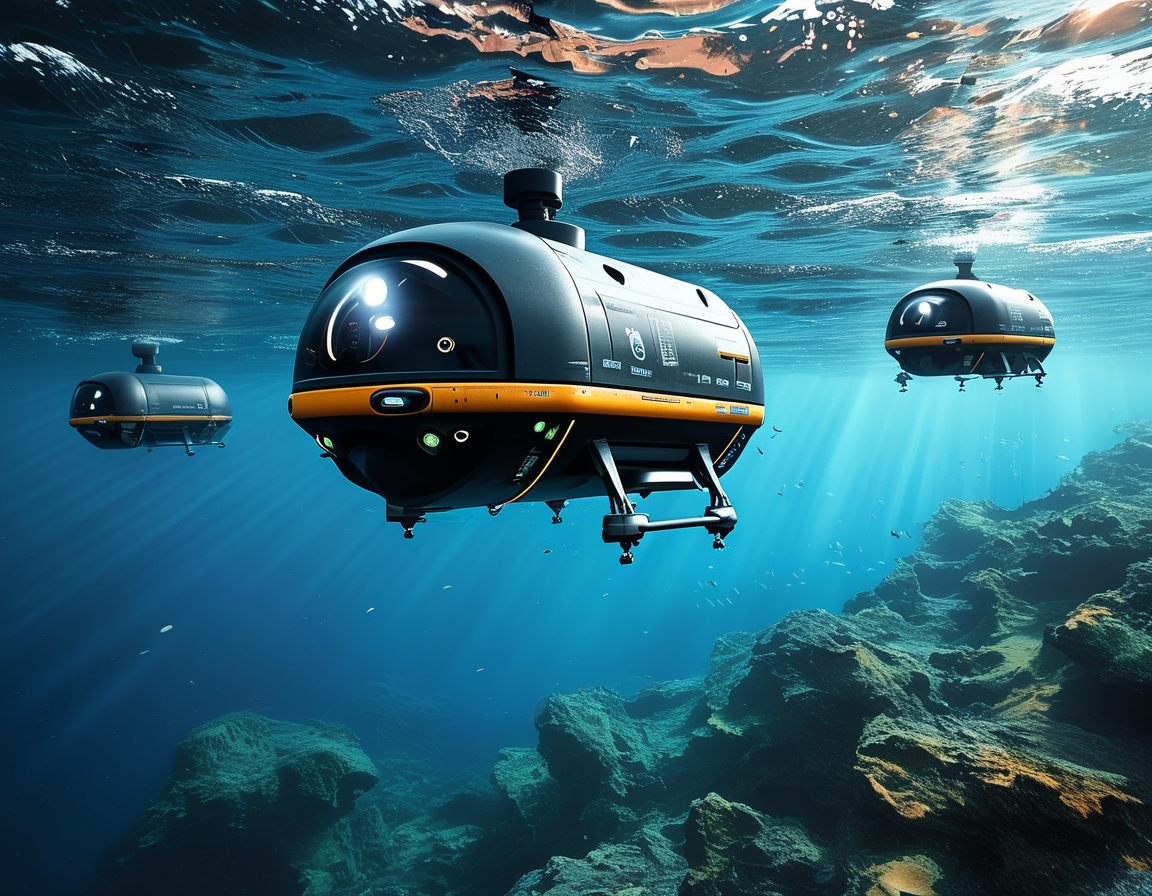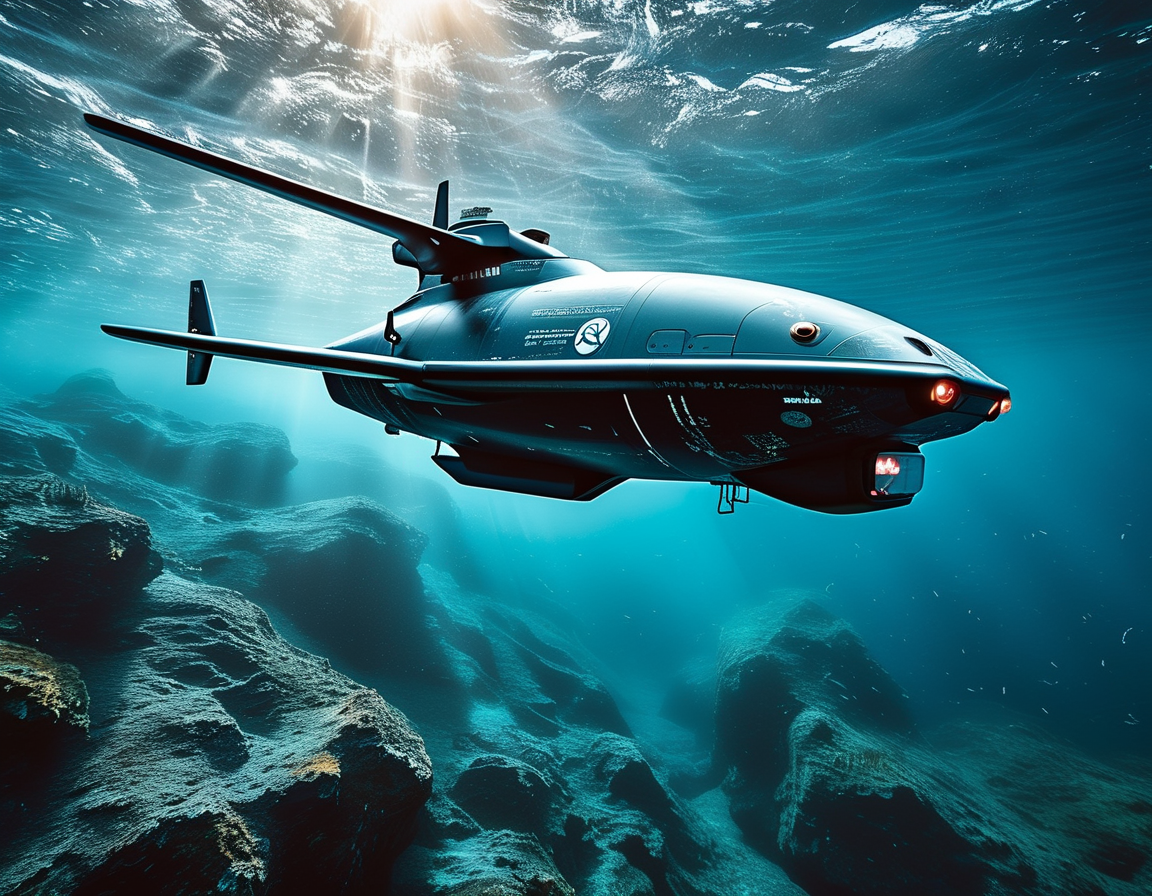The U.S. Navy is making waves with a bold strategy. It’s adopting the ‘SpaceX method’ to reinvent underwater warfare. This is not just about technology; it’s about a cultural shift in how the Navy innovates.
It all started with a simple idea: get prototypes in the water fast. Vice Admiral Gaucher recently shared insights at a defense symposium. He emphasized the Navy’s new mantra—‘just get it out there and test it.’ Quite a departure from the old ways, don’t you think?

Imagine a world where the military learns through real-time use. This rapid prototyping model allows for immediate feedback. It shifts emphasis from perfect designs to the actual performance of unmanned underwater vehicles (UUVs).
UUVs are becoming crucial for modern warfare. They carry out complex tasks like mine clearance and submarine tracking. Imagine them exploring the ocean’s depths without putting lives at risk.
The importance of these systems is clear. Every moment spent in the water aids the Navy’s strategy. They can tackle new challenges from adversaries like China and Russia effectively.

Historically, military projects involved a lengthy, bureaucratic process. Years of planning often resulted in technologies that quickly became outdated. The Navy aims to eliminate that gap, using a faster, tech-savvy approach.
Think about how SpaceX changed the game. Rocket launches once faced constant failures. Yet, each setback provided crucial insights that drove rapid improvements. The Navy is now embracing this mindset to enhance its own capabilities.
What are the implications? Vice Admiral Gaucher points out that prototypes get broken. But that’s a good thing because they reveal the system’s true strengths and weaknesses.

The change brings numerous advantages. Speed is at the forefront, allowing speedy deployment and modification. The Navy can now respond to emerging threats in months, not years.
Cost savings are another benefit. Discovering flaws early prevents larger expenses later. An effective prototype can save the Navy millions down the line. That’s a win-win, right?
Empowering sailors is crucial, too. By involving the end-users early, the Navy ensures the developed vehicles meet real needs. This drives home the goal: practical solutions rooted in actual challenges.
Yet, challenges loom as the Navy navigates this transformation. Cultural inertia can stifle new ideas. It’s hard to shift mindsets built around risk aversion and traditional accountability.
Failures in the Navy’s past were often viewed negatively. But an environment that supports experimentation is what’s needed. Changing how failure is perceived is critical for future innovation.
Technical hurdles also remain. Underwater technology requires tackling unique challenges. Every system must withstand pressure, navigate without GPS, and communicate effectively.
Cybersecurity is another significant concern. The Navy must ensure UUVs are secure against attacks. Innovations in robot defense will play a crucial role in this new frontier.
So, what does this all mean for the broader military landscape? Other branches are already catching on. The approach toward rapid prototyping is catching fire across the Pentagon.
For instance, the Air Force’s project on drones and the Army’s efforts show a clear trend. A cultural shift is unfolding throughout different armed services.
The Navy’s willingness to adapt sends a strong message. It shows that even the most traditional sectors can embrace modern innovation. This shift could redefine how military agencies operate and innovate moving forward.
The undersea realm has become a proving ground for the Navy. Just as SpaceX revolutionized aerospace, the Navy aims to do something similar beneath the surface. Could they set a new standard for military innovation?
What’s next for this underwater revolution? Future UUV development might see pathways clear for other innovations as well. They’re paving the way not just for victory in the ocean but for the integration of technology within general military practices.
In summary, the Navy’s adoption of the ‘SpaceX method’ signifies a pivotal cultural shift. The future of warfare is evolving. With a fresh approach to development, the Navy sets sail into uncharted waters.
Leave a Comment